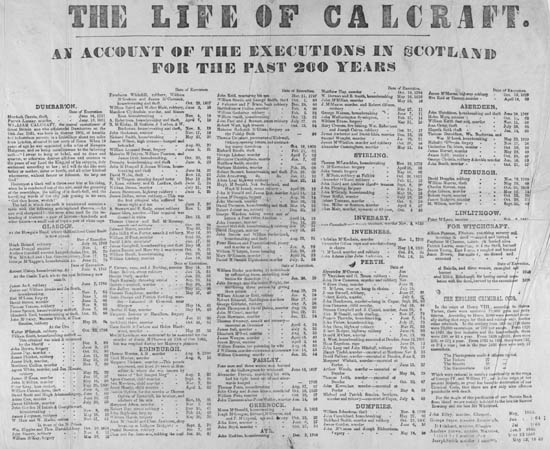 |
| And less criminal law? |
All this seems fine in the hypothetical case, but these kind of cases are not merely hypothetical, as there are an increasing number of situations which pose this kind of problem. This might be the question where a pharmacist provides drugs to be used in the suicide of another person. It has arisen in cases where a a supplier of illegal drugs drugs has been charged with the homicide of a persons who have consumed them and died (not because of an impurity in the drug, but simply where the victim has suffered an adverse reaction. And on a bigger scale it has arisen in the case of the supplier of chemicals that were used in the gas chambers of Auschwitz. And it arises in the case of the arms dealer who sells guns or weapons that are likely to be used to prosecute massacres or illegal wars.
Now each of these cases raises slightly different issues, and have been dealt with differently by national and international courts, but what they share in common is the question of the limits of complicity. This, however, should not be seen wholly in terms of criminal law concepts, but was is clear from the hypothetical example given above is that these concepts are supplemented in practice by an understanding of the normal operation of business or the market. That is to say, the considerations of knowledge or foresight are limited in a commercial context by the understanding that there is a kind of 'veil of ignorance' imposed over these sorts of transaction: a seller is under no duty to inquire how the arms or chemicals are likely to be used. This seems disingenuous at best to me (and others) - as at least some of these kinds of transactions (chemicals, arms) seem far from normal. I would have no difficulty in suggesting that there is some form of complicity in this situation - and that if the criminal law does not recognize this then the problem lies with the law rather than our understanding of complicity, as some have argued.
However, important as this kind of argument is, I think that a really interesting and neglected issue here is the question of how this distinction between law and the market arises and operates. At what point does this kind of market blindness become a limit to the criminal law? And how is the understanding of 'normal' business practice constructed?


